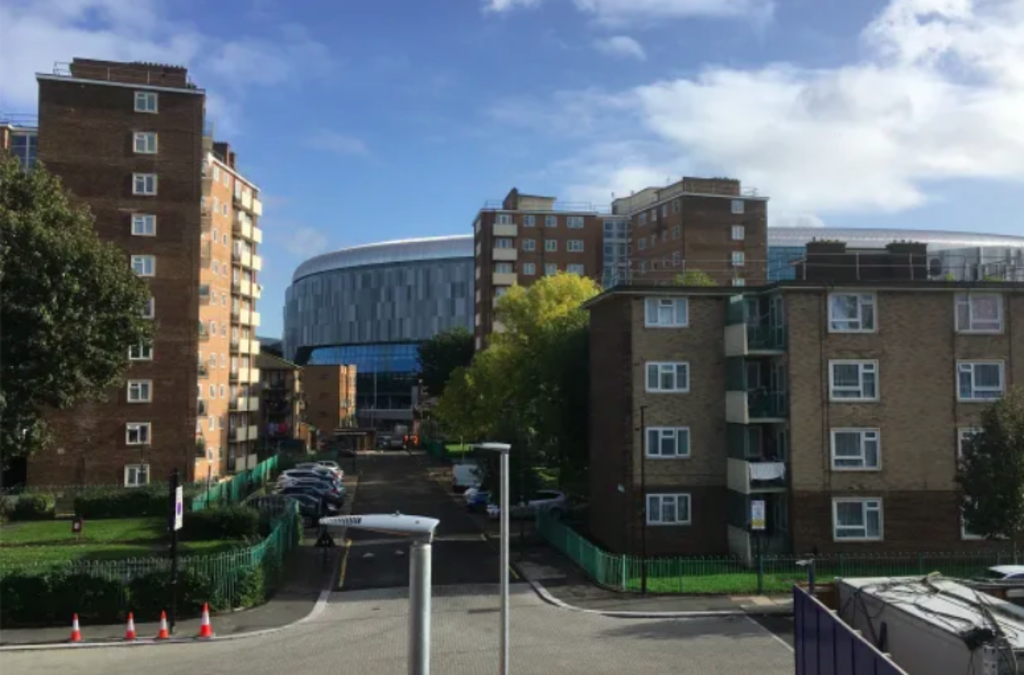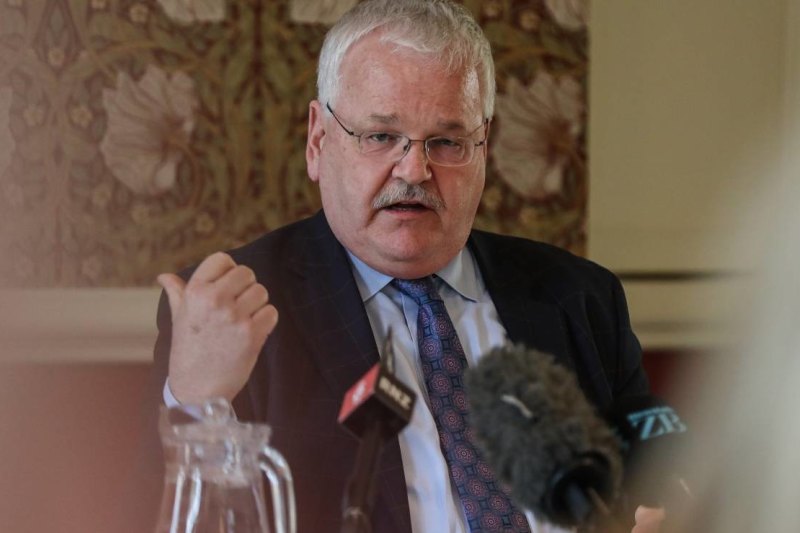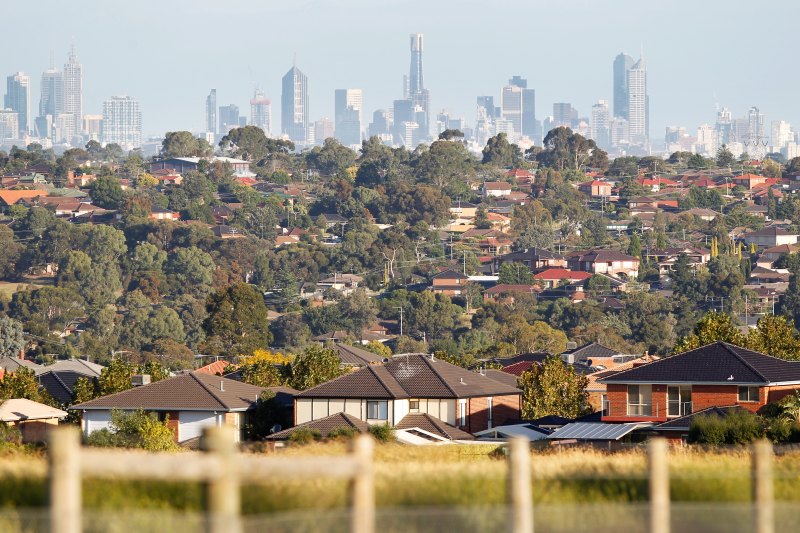
Lendlease runs into roadblocks on $1.9b London project
London | Lendlease has run into fresh woes in North London, where a £1 billion ($1.94 billion) project has been hit by community opposition and a potential blocking move by top-flight soccer club Tottenham Hotspur.
“Whether it’s going to go ahead, and in what form it’s going to go ahead, is not clear,” said Paul Burnham, secretary of pressure group Haringey Defend Council Housing.
The High Road West (HRW) regeneration scheme, which would redevelop an 11-hectare area including 300 existing homes and a clutch of industrial estates into a new mixed residential-commercial neighbourhood with 2500 homes, is overseen by Haringey Council – the same body that pulled the plug on a separate £2 billion Lendlease project in 2018.
But this time Lendlease’s problem is not with the council. Instead, there are roadblocks on several fronts. First, residents have organised and are demanding more public housing and less gentrification. This has forced Haringey Council to postpone a decisive ballot of residents about the scheme, which it looked set to lose.
Second, one of the industrial estates that would be cleared in the scheme is fighting a dogged political and legal rearguard action against it, with a counter-proposal to develop its own land at the centre of the site.
And last, but very much not least, the Premier League football club Tottenham Hotspur owns a chunk of the land and is said to be holding out for a price Haringey can’t afford.
In the face of all this, local activists and some of those close to the scheme say the best-case scenario for Haringey Council and Lendlease could be a pretty extensive remodelling of the development – probably on a smaller footprint and with a significantly larger, and less profitable, public housing component.
The project is not the largest in Lendlease’s burgeoning £19 billion European pipeline, but it is not the first time London has proved a difficult hunting ground.
The company nearly ended up in court over the axing of the £2 billion Haringey Development Vehicle, when the council refused to pay any more than £1 million in compensation to Lendlease after bowing to community opposition.
And Lendlease earlier had to overcome a well-organised campaign against its massive £2.3 billion Elephant Park redevelopment in South London, an experience Lendlease CEO Steve McCann last year recalled as “difficult”.
Asked for comment on the High Road West scheme’s progress, a Lendlease spokesman would say only: “The transformation of High Road West will deliver much needed new homes, jobs and community facilities. We look forward to working with Haringey Council as part of their commitment to deliver that vision.”
Fighting on several fronts
Of the challenges at High Road West, one of the biggest is probably that posed by Tottenham Hotspur. The club owns a disused parcel of land that is part of the HRW redevelopment zone, which the council needs to buy if the scheme is to go ahead as planned.
But The Australian Financial Review has been told that the football club has secured planning permission for its own residential and retail development on the site – massively increasing the land’s value.
It is understood that Haringey is looking to the Greater London Authority for additional funds to meet the higher price, but it is far from clear if the money will be made available.
There is also the question of whether Tottenham Hotspur would be willing to sell at all. Some observers say the club will sell if it gets a fair price; others that the club is keen to develop the land near its stadium itself, both for financial reasons and to improve the character of the area.
The club declined to comment. When the Financial Review visited, the site looked to be under the initial stages of development.
Near the football club’s parcel of land is the Peacock Industrial Estate, a collection of about two dozen industrial units, including car mechanics, furnishing production workshops and an industrial bakery.
Peacock owns the land, and its management committee admits the site has seen better days. It wants to build 240 flats, 20 to 30 office spaces and around 24 industrial units on the space, plus a communal square.
Haringey Council has refused its pre-planning application. Faruk Tepeyurt, head of Peacock’s management committee, said they would convert it to a full planning application, which would probably also be rejected. Peacock is now raising funds for a court challenge to that anticipated decision.
It is also unhappy about being moved elsewhere during the project, and about potentially having its freehold title swapped for a 99-year lease.
Several months ago it held a fundraiser and awareness-raising session at the Tate Modern art gallery. Lendlease representatives reportedly attended.
“We appreciate them being civil and coming into a hostile environment,” Mr Tepeyurt said. “It’s not Lendlease’s fault. Although we are tweeting and having a go at Lendlease, the whole thing is not Lendlease’s making.”
He blames the council. “Instead of sitting together, working out everything with the stakeholders, council is stubbornly not listening to its constituents. The solution is very easy, you just need to bring parties together and work out a solution.”
The third part of the jigsaw is the opposition of local residents, most of whom live in a group of apartment blocks called the Love Lane Estate.
Those who own their homes are said to be unhappy about the price they’re being offered. Those in public housing are even more unhappy. Haringey began shifting public tenants some time ago, but as the development process slowed down the council used the empty flats to house new tenants on a temporary basis.
“There’s a perception among residents on Love Lane Estate that this isn’t about them,” said one observer. “Most people will say Tottenham needs improving, but there’s a lot of suspicion about how it’s being improved.”
They have organised into a lobby group and are trying to have the project redesigned with a larger quotient of public housing. Their ace card is the requirement for a ballot of residents on the scheme, which was supposed to be held last year. The council is now trying to satisfy these concerns before conducting the ballot.
“The council is continuing to explore ways to deliver more council homes in the scheme, as part of our commitment to deliver a new generation of council homes for Haringey, alongside the wide range of other benefits that it will bring for North Tottenham,” said Haringey councillor Charles Adje, who is responsible for finance and strategic regeneration.
“A ballot of residents on the Love Lane estate, which forms part of the scheme, will take place when this current stage of work is completed. Given the current position of the project, it is not appropriate to speak about this in more detail at the current time.”
Backing them up is Mr Burnham and his Haringey Defend Council Housing group, which has been an effective lobbyist elsewhere in the borough.
“The whole point of this is to drive up local property prices. Effectively it’s gentrification,” he says. “What we’d like is that they don’t go ahead with this project in this form.”











